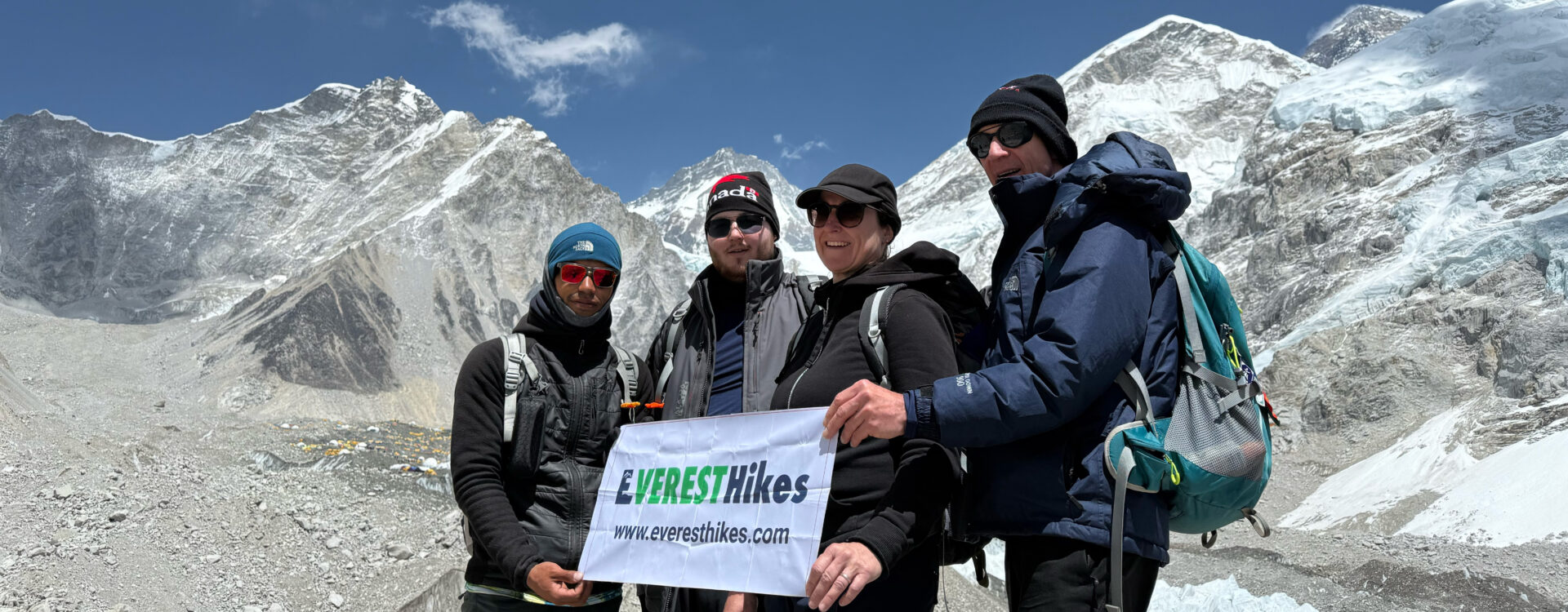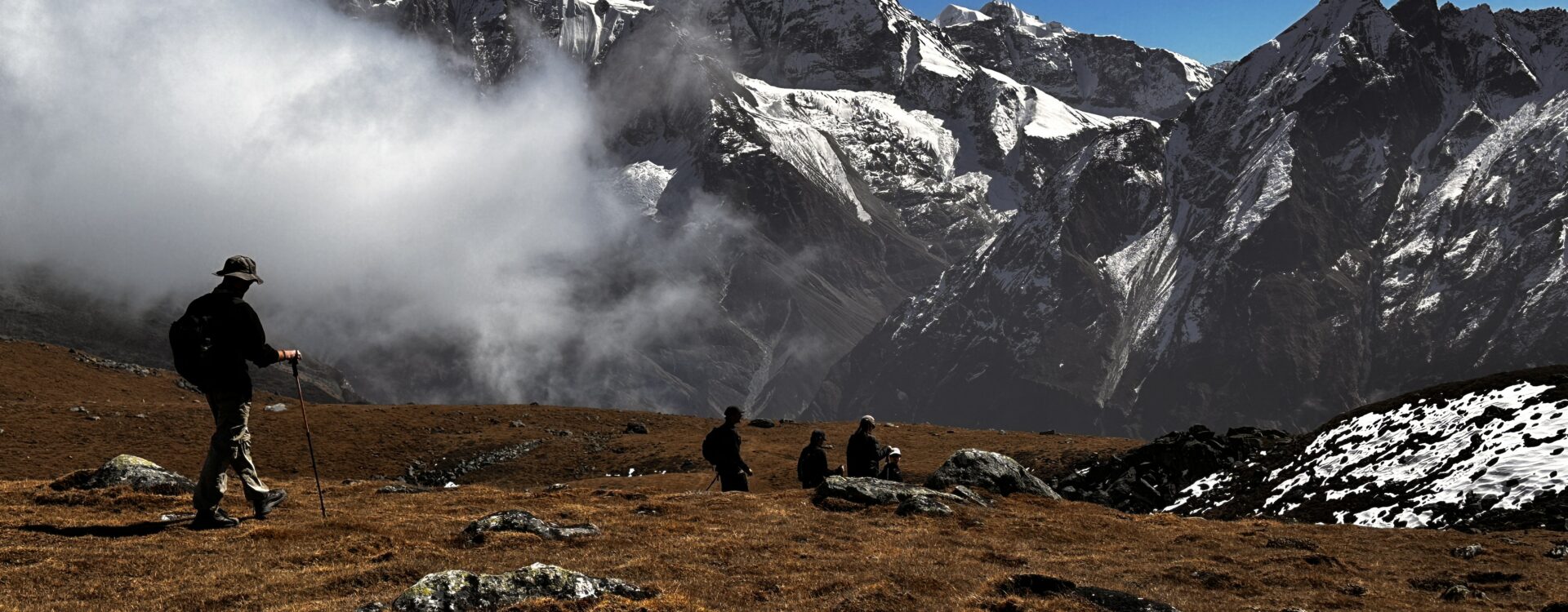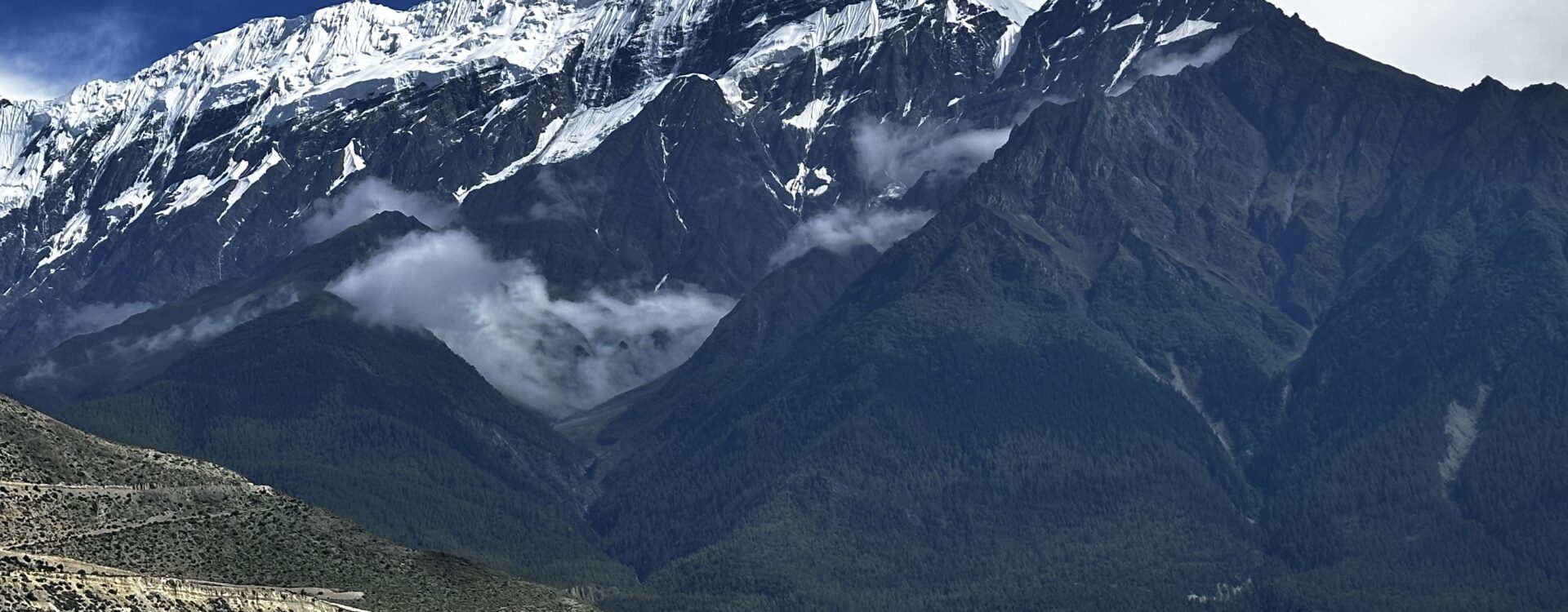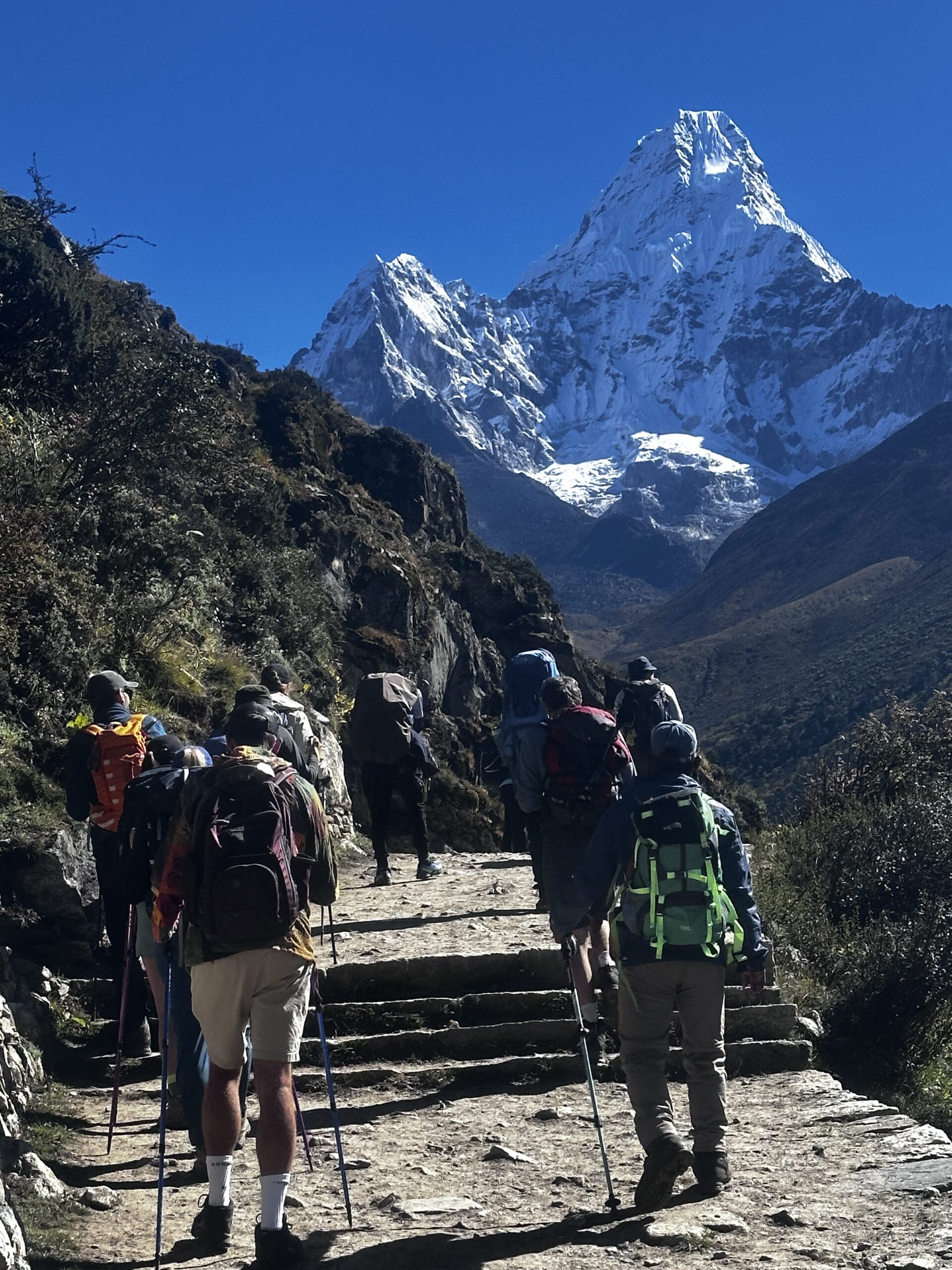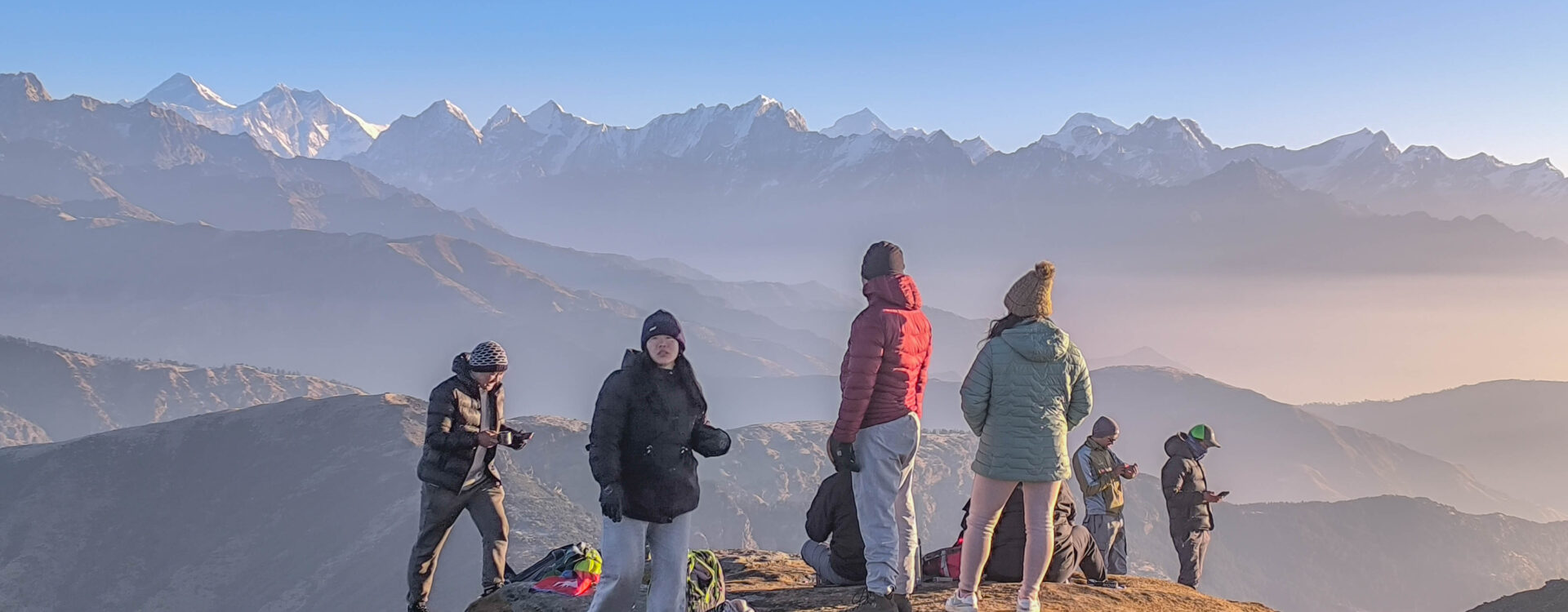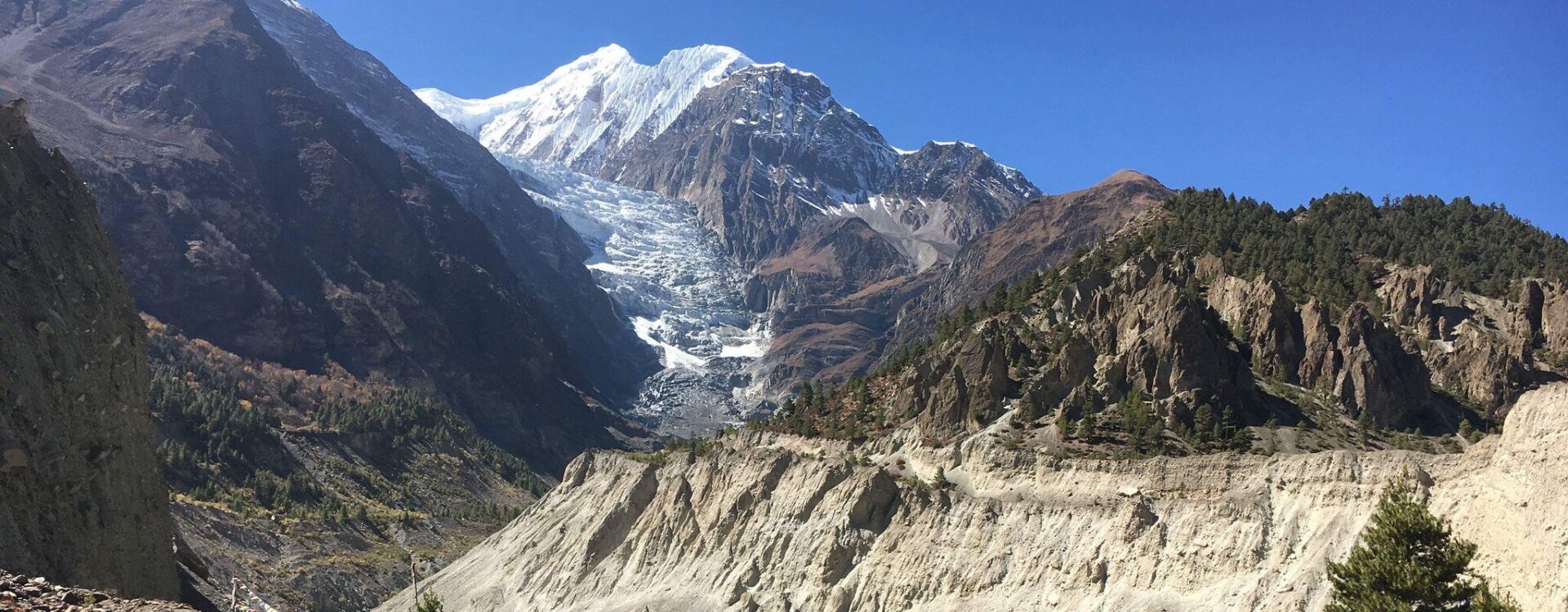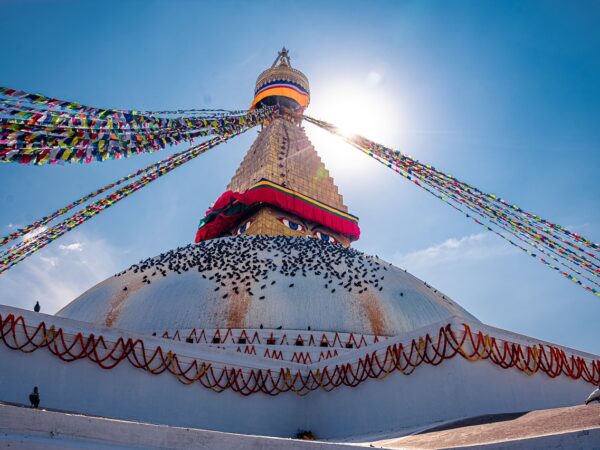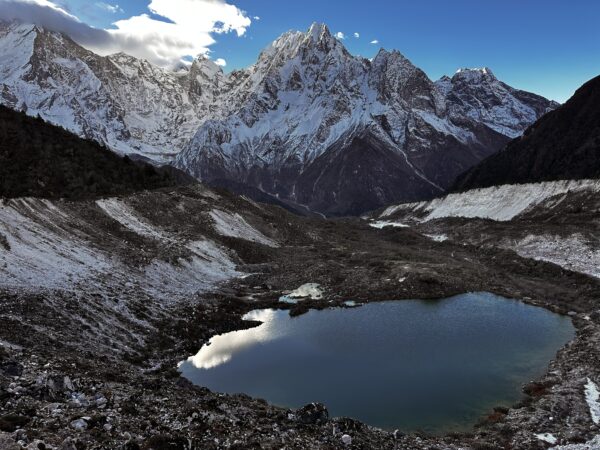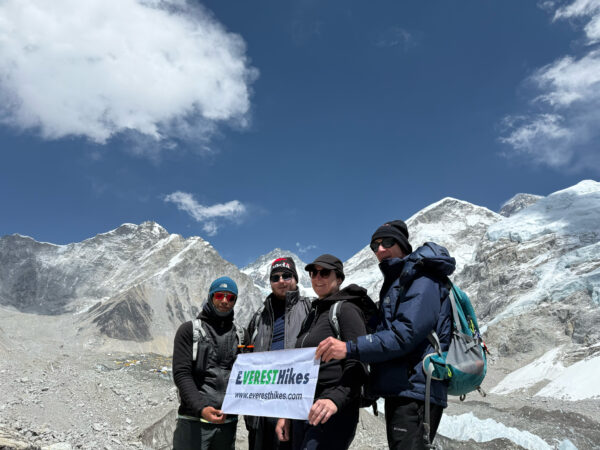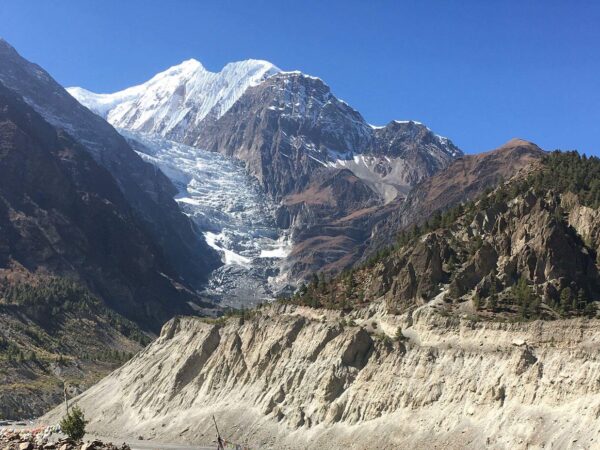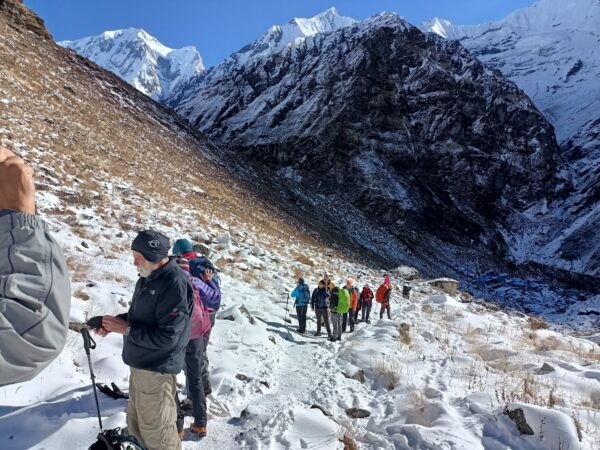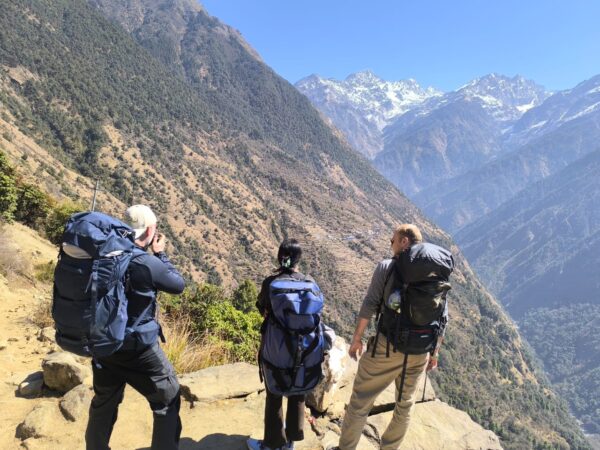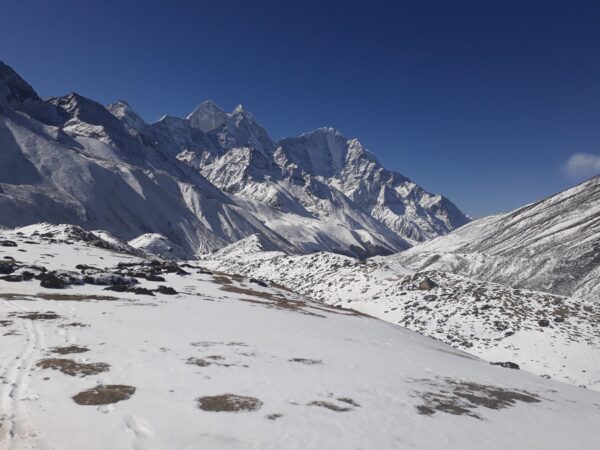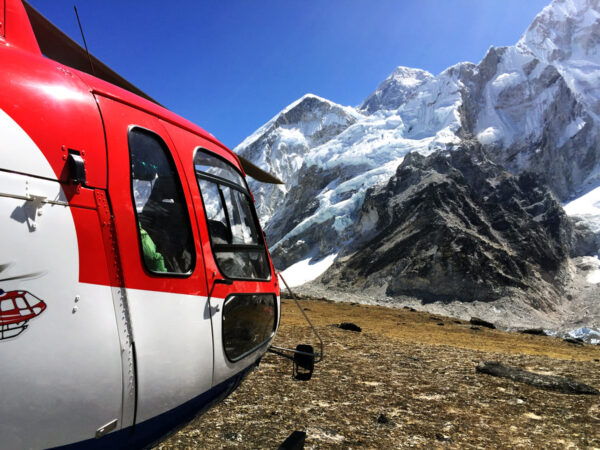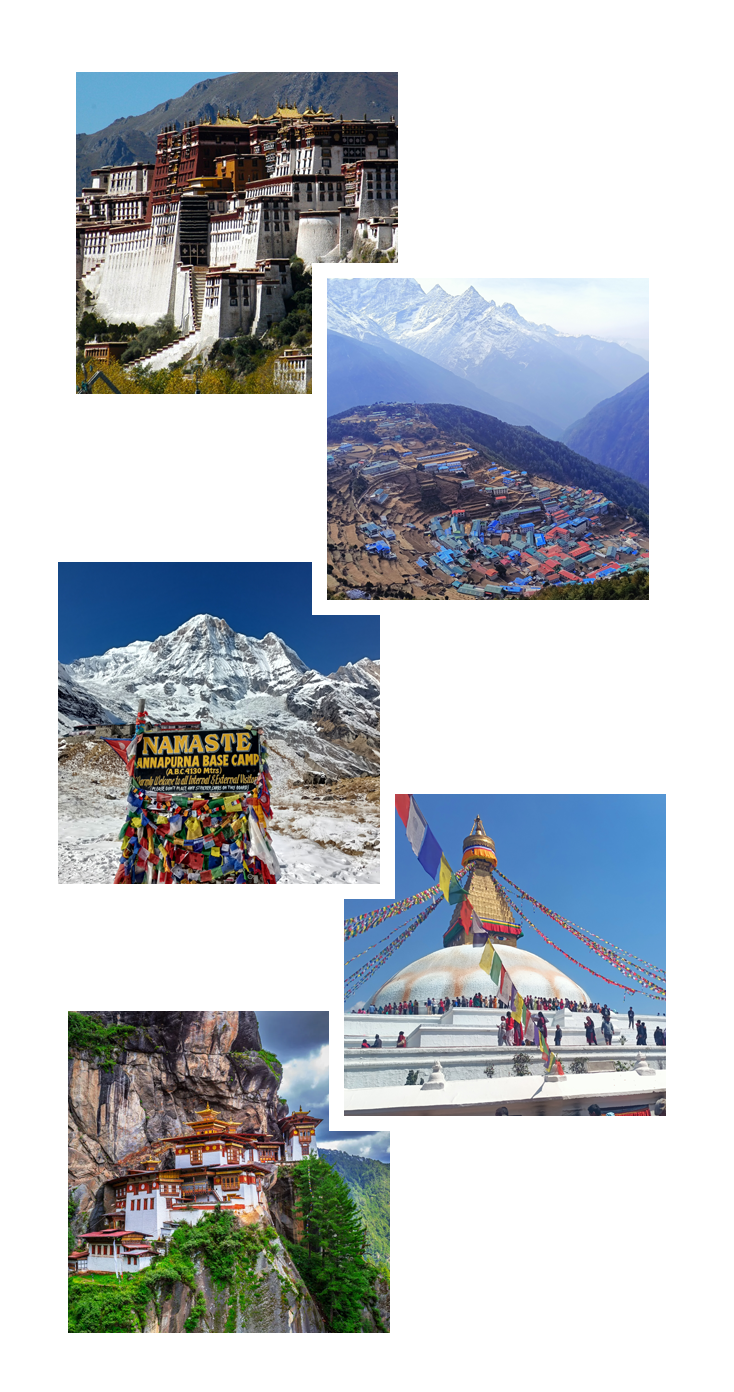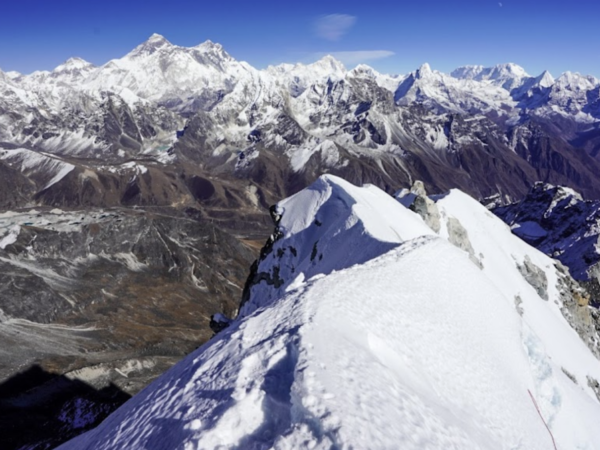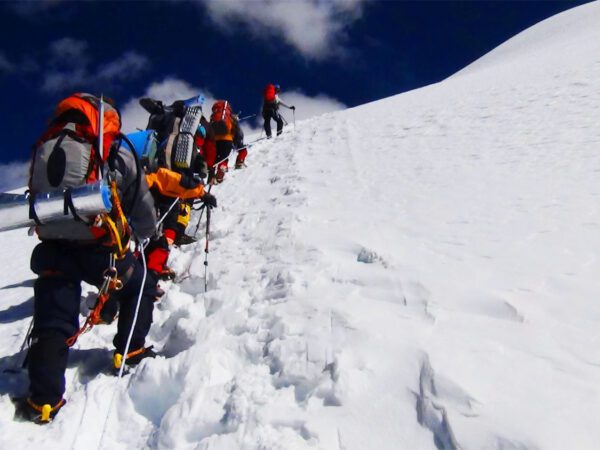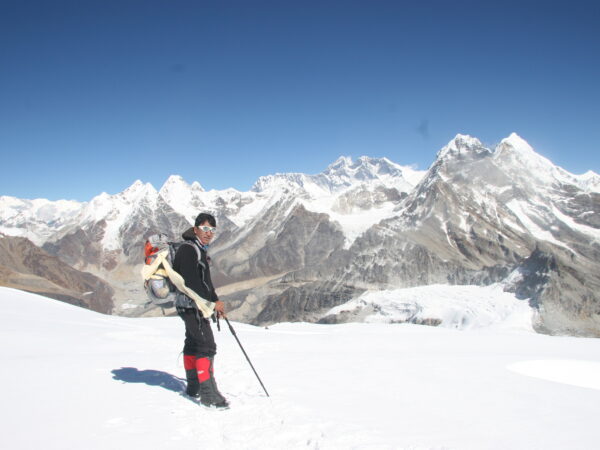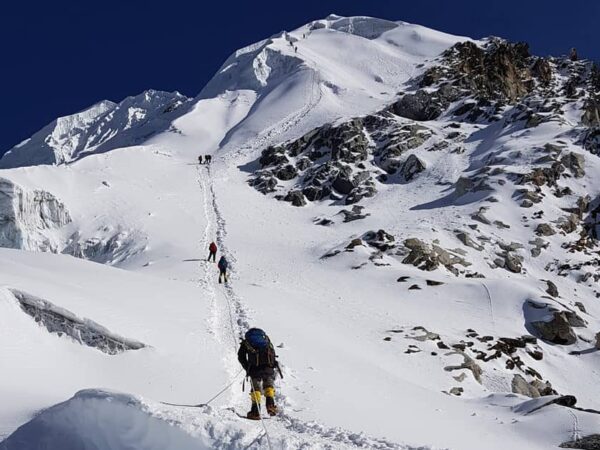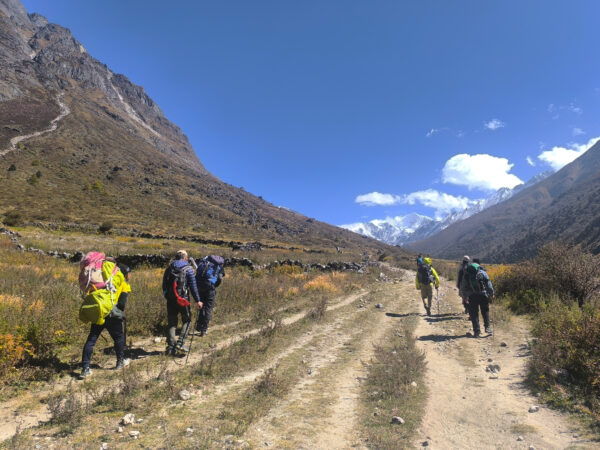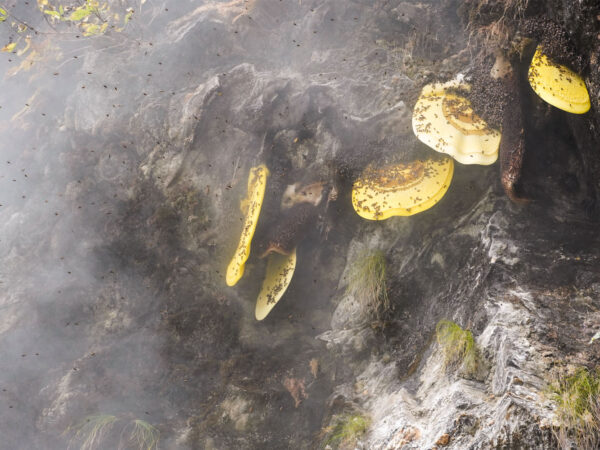Everest Hikes
Welcome to Everest Hikes, where adventure meets passion and guest satisfaction is our top priority!
We are a vibrant team of enthusiastic youths dedicated to creating unforgettable trekking and climbing experiences in Nepal, the land of the Himalayas. With a shared love for nature, culture, and adventure, we established Everest Hikes to share the awe-inspiring beauty of Nepal with travelers from around the world.
At Everest Hikes, we believe in blending adventure with meaningful connections. Our journeys are not just about reaching the destination—they’re about the moments of joy, cultural exchanges, and personal accomplishments along the way. Whether you’re trekking through the stunning Annapurna region, climbing peaks like Island Peak, or exploring the cultural wonders of Kathmandu Valley, we ensure every step of your adventure is filled with enjoyment and satisfaction.
What sets us apart?
- A Passionate Team: We are a group of energetic and friendly youth who love what we do. Our guides and team members are not only experienced but also deeply committed to your safety and comfort.
- Guest-Centric Approach: Your happiness is our success. From the planning stage to the final farewell, we go the extra mile to make your journey special and stress-free.
- Eco-Friendly Practices: We respect the natural environment and aim to leave only footprints behind. Sustainable and responsible tourism is at the heart of everything we do.
- Authentic Experiences: Beyond the trails, we help you connect with the heart of Nepal—its rich culture, warm people, and ancient traditions.
Let Everest Hikes take you on a journey that inspires, challenges, and transforms. Whether you’re an avid mountaineer or a first-time trekker, we’re here to make your Himalayan dreams a reality.
Join us, and let’s create memories that last a lifetime!
